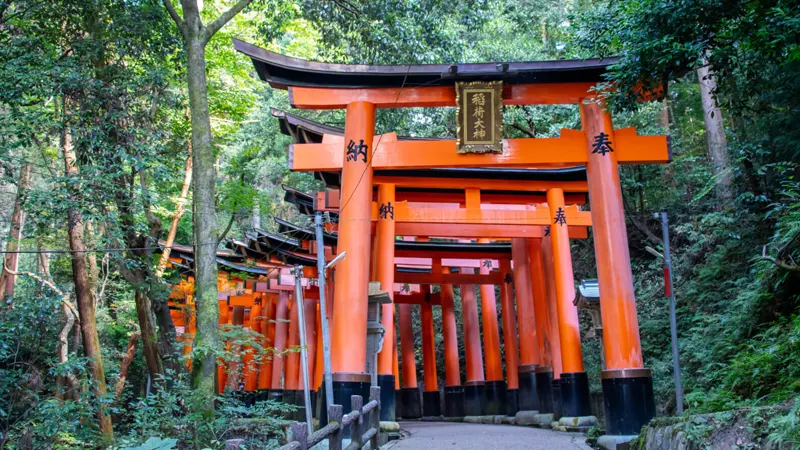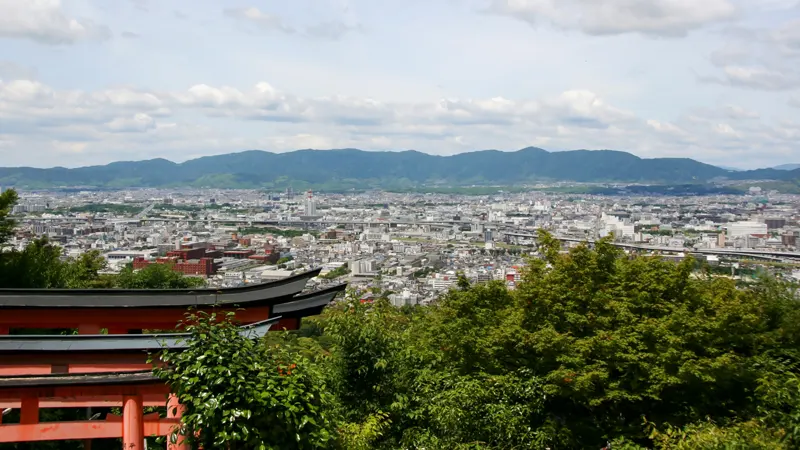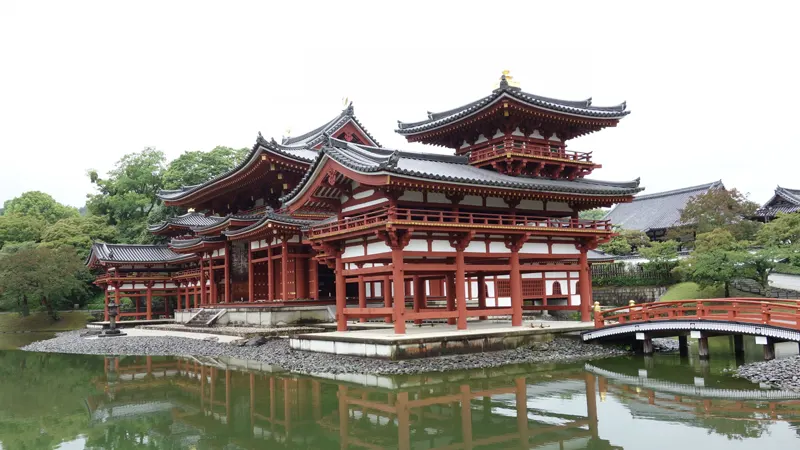Fushimi Inari Taisha is a prominent Japanese shrine in Kyoto and serves as the head shrine of Inari worship, a tradition with a long historical background. The vermilion torii gates lining the approach symbolize the region’s beliefs and culture, creating a distinctive and culturally rich atmosphere for visitors. The shrine grounds include a route that circles the entire mountain, where various shrine buildings and Japanese fox statues can be encountered while walking.
The path from the foot of the mountain to the summit of Mount Inari changes in distance and character, allowing visitors to choose a route suited to their available time and physical condition. The layered torii gates and viewpoints overlooking the city provide different perspectives as you walk. This article organizes and introduces the main areas within the shrine grounds along with nearby attractions.
Fushimi Inari Highlights



Senbon Torii Path
Senbon Torii is the symbolic approach of Fushimi Inari Taisha, offering a notable scene of continuous vermilion gates. The unique space created by the gates changes in appearance depending on walking pace, allowing visitors to observe shifting patterns of light and shadow along this popular route. The gently sloping path extends from the foot of the mountain, with several intersections and shrine buildings along the way. Walking through the sequence of torii provides insight into the scale and layout of the shrine grounds.
Main Shrine and Hall Traditions
The area around the main hall contains several important Japanese shrine buildings that have long served as a central place of worship in the region. Passing through the main gate leads to an open precinct where fox statues—the messengers of the deity—are placed, often holding keys or jewels in their mouths as part of Japanese religious iconography. The path extending from the main hall leads toward higher elevations, revealing the structure of the shrine grounds in a clear layout. Observing the arrangement and design of the buildings offers accessible insight into the site’s historical background.
Inariyama Upper Trail Route
The worship route up Mount Inari covers approximately four kilometers, allowing visitors to explore the trail in sections according to their time and physical ability on this popular hiking path. Resting areas are located along the mid-slope, and some intersections provide opportunities to return on shorter routes. Near the summit, views of Kyoto’s urban landscape open up, offering a sense of progress based on the distance walked. Combining worship and walking allows visitors to appreciate the character of the entire mountain shrine.
Fushimi Inari Approach Area
The area surrounding Fushimi Inari Taisha developed as a traditional Japanese approach district and provides an environment well suited to walking before or after a visit. Shops and food stalls line the paths near the shrine, creating opportunities to experience local Japanese food culture. The routes toward nearby stations are easy to walk, making the area accessible even for first-time visitors.
Extending the walk further leads to the wider Fushimi district, where sake breweries and riverside scenery reflect the area’s historical development. Exploring the surroundings after worship offers a sense of the connection between the shrine and the local townscape. The location makes it easy to combine several destinations according to travel plans.

